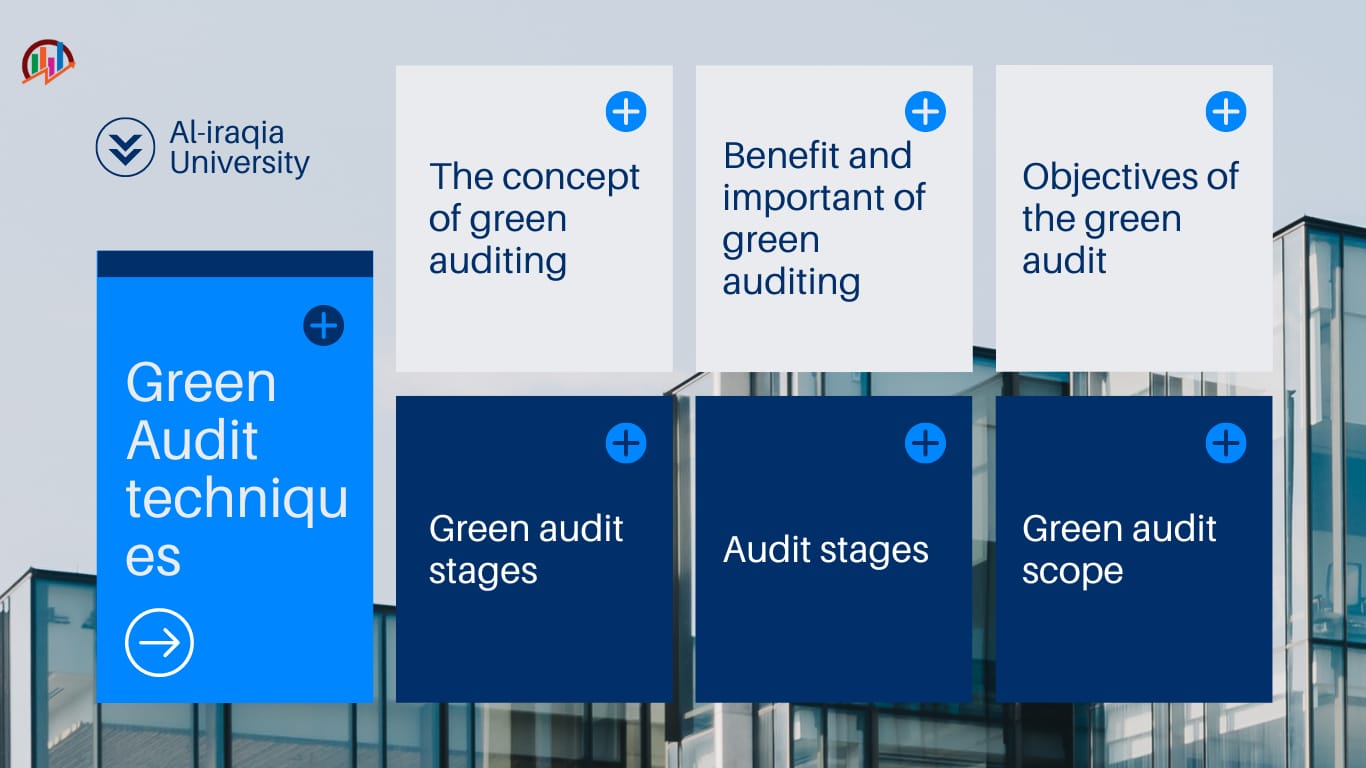An exploratory and analytical study of a sample of control and audit professionals' opinions on green audit techniques and methods
Keywords:
control and audit, green auditing, sample of workersAbstract
The purpose of the research is to identify the concepts related to green auditing because of the great importance of the environment in which we live. By producing a commodity or service and among consumers, the research has tried to answer a major question: What are the techniques and methods of green auditing? The research is based on the hypothesis that there are a number of techniques that are used to implement green auditing, and the research assumed the existence of a number of techniques and methods for green auditing, and in order to achieve the research objectives and test the hypothesis, the questionnaire was used to obtain information for the research, and the results of the research data for the adult sample were analyzed (29) individuals using the statistical program spss and relying on arithmetic averages and standard deviations. The research has concluded the great importance of green auditing because of its impact on the environment in which we live. Environmental auditing also suffers from many obstacles. In addition, green auditing is affected by economic and social factors. Likewise, the green audit process goes through three stages: the pre-audit stage, the audit stage, and the post-audit stage. All of these stages need follow-up in order to reach the desired goal. There are a number of methods and techniques to achieve green audit, including the development of regulations for work and safety requirements during the completion of tasks. Ensure that production wastes are disclosed, ensure that production wastes and others are not discharged into river water, and ensure that there are mechanisms for the purpose of treating them in appropriate ways and not discharging them randomly. The researcher recommends the need to ensure the existence of special programs for recycling. Not disposing of production waste in a random manner, as well as promoting a culture of responsibility towards society by focusing on green operations.
Downloads

Downloads
Published
How to Cite
Issue
Section
License
Copyright (c) 2023 Revenue Journal: Management and Entrepreneurship

This work is licensed under a Creative Commons Attribution-ShareAlike 4.0 International License.

 Aliraqia University College of Administration and Economics, Baghdad, Iraq
Aliraqia University College of Administration and Economics, Baghdad, Iraq
 Faculty of Economics and Management, University of Tunis El Manar, Tunisia
Faculty of Economics and Management, University of Tunis El Manar, Tunisia

















